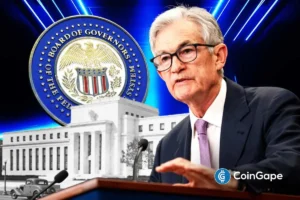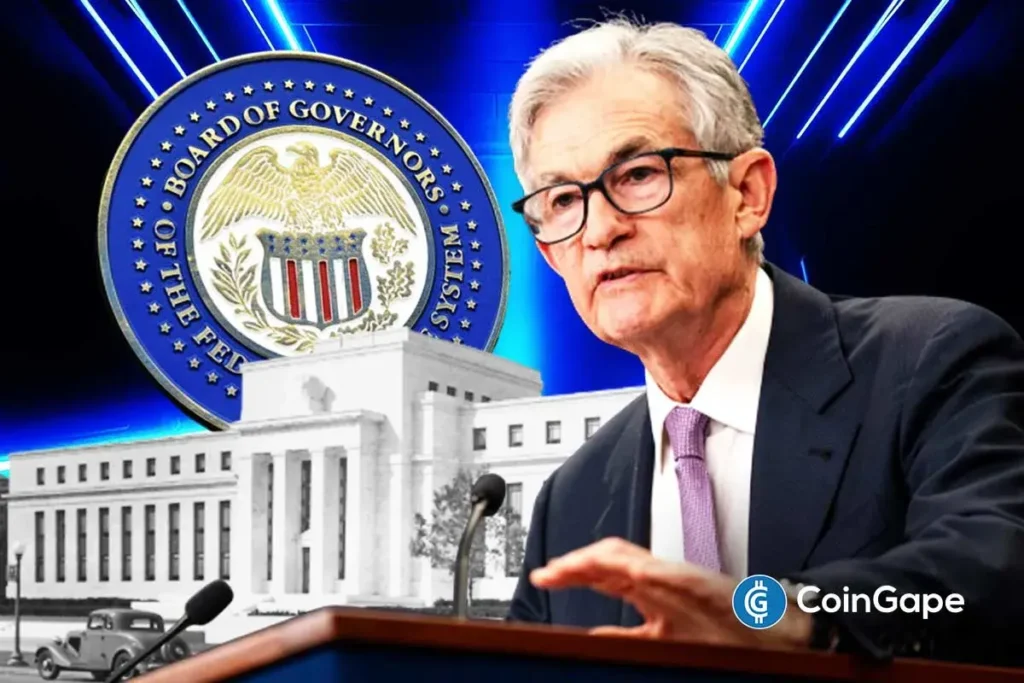Fed Chair Jerome Powell Avoids Key Monetary Policy Discussions: Implications for Markets
At a recent conference focused on banking regulation, Federal Reserve Chair Jerome Powell chose not to discuss monetary policy or interest rate decisions, leaving many market watchers in suspense. The conference served as a platform for Powell to emphasize the importance of effective supervision and improvement of the U.S. bank capital framework, yet his remarks provided no clarity regarding the central bank’s upcoming moves.
Capital Framework Discussion
Powell’s opening remarks highlighted the significance of an integrated approach to the bank capital framework, which encompasses various components essential for a stable and efficient banking system. He stated, "A great benefit of this conference is the chance to consider all elements of the capital framework in concert rather than look at each in isolation." By focusing on the interconnectedness of banking regulations, Powell aims to strengthen the overall financial environment for the populace.
While the discussion of banking regulation is vital, Powell’s failure to address key monetary policy concerns comes at a peculiar time. Tensions have been escalating between Powell and former President Donald Trump, who has expressed dissatisfaction with the Fed’s interest rate policies. This backdrop created heightened speculation regarding Powell’s future in the role and potential policy adjustments that could influence market trajectories, particularly in the cryptocurrency sector.
Pressure for Interest Rate Cuts
The pressure for the Fed to consider interest rate cuts has been intensifying, especially given the current economic landscape. Since December, the Federal Open Market Committee (FOMC) has held the federal funds target rate steady at 4.25%-4.50%. Amid ongoing inflation and tariff issues, market analysts suggest that while there might be a possibility of a rate cut later this year, a significant change is unlikely in the immediate future.
CME Group’s FedWatch tool indicates that traders place a 60% chance on a 25-basis-point rate cut in September. However, expectations for a decrease in July are significantly lower at just 5%. According to Bill Adams, Chief Economist at Commercia Bank, the Fed is likely to maintain the current rate during its upcoming meeting, stating, "The unemployment rate edged lower in June, which they will see as evidence that they can afford to wait." This reflects a cautious Federal Reserve looking to assess economic conditions before making any amendments to policy.
Divergent Opinions Among Fed Officials
While Powell’s lack of comments may signal a desire for stability within the Federal Reserve, internal disagreements among its members could complicate future rate decisions. Fed Governor Christopher Waller recently advocated for a rate cut in the forthcoming meeting; however, his viewpoint may not resonate with the majority of his peers. Economists highlight that the committee is becoming less inclined towards rate adjustments in September than it was in June.
BofA Securities Senior Economist Aditya Bhave notes that while some marginal cuts could develop after May, achieving broader rate reductions would likely be challenged by differing opinions within the committee. This internal conflict could lead to a more cautious approach in the upcoming meetings, which may further stabilize markets but could also prolong uncertainty for investors.
Market Reactions and Future Considerations
The muted response from Powell has left many in the market keenly aware of the implications of the Fed’s next moves. As tensions with President Trump add layers of complexity to the monetary policy landscape, the relationship between fiscal decisions and financial markets is under scrutiny. Any hints of easing from the Fed could stimulate market enthusiasm, particularly in volatile areas, including cryptocurrencies.
Investors are tentatively positioned, with predictions of potential interest rate cuts influencing both traditional financial markets and the crypto space. The resultant reactions could have lasting effects, especially if future decisions fail to align with market expectations.
Conclusion: Navigating Uncertainty
Jerome Powell’s evasion of monetary policy topics during the banking regulation conference underscores the ongoing uncertainty surrounding the Federal Reserve’s future choices. Although the focus on enhancing the bank capital framework is essential, it does not address immediate concerns regarding interest rates. As market players await clarity from the Fed, the interplay between regulation, interest rate policies, and investor sentiment will shape the economic landscape in the coming months.
For now, stakeholders remain on high alert as they interpret various signals, from economic indicators to intra-Fed dynamics. It is clear that the road ahead for the Federal Reserve will be complex, requiring deft navigation to maintain economic stability while addressing continued pressures for rate adjustments.



